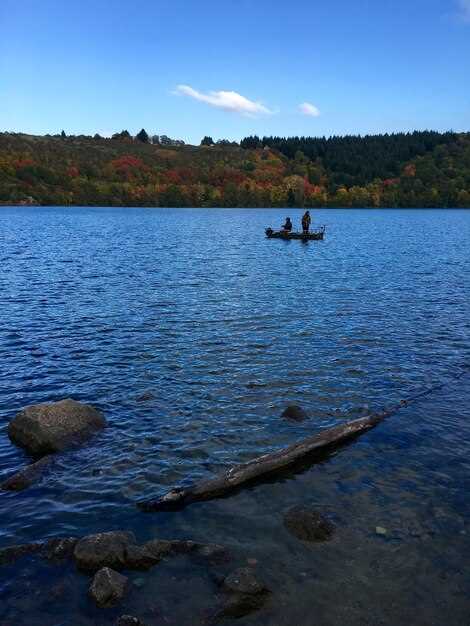소개
Party boat adventures have evolved far beyond simple sunset cruises, offering fully-equipped floating venues perfect for celebrations, corporate events, or spontaneous gatherings with friends. From double-decker pontoons with waterslides to luxury yachts with DJ booths, today’s party boat options cater to every budget and group size.
This comprehensive guide explores the best party boat experiences across America’s lakes, rivers, and coastal waters. You’ll discover vessel types, popular destinations, booking tips, and everything needed to plan the ultimate on-water celebration.
The party boat trend has exploded post-pandemic, with bookings increasing 300% in popular destinations. Modern vessels feature LED lighting, premium sound systems, waterslides, and even onboard grills – transforming ordinary boating into extraordinary events.
Types of Party Boat Vessels
Double-Decker Pontoons with Slides
The classic American party boat: double-decker pontoons featuring upper decks with waterslides plunging directly into the lake. These vessels accommodate 20-50 guests with features like lily pads, floating bars, and Bluetooth sound systems.
Luxury Party Yachts
For upscale events, luxury party yachts offer multiple decks, professional DJ booths, dance floors, and full-service bars. Many include catering kitchens and overnight accommodations for multi-day celebrations.
Themed Party Boats
Specialized vessels include tiki boats with thatched roofs, pirate ships for themed parties, and even floating hot tub boats in select locations.
Top Party Boat Destinations
Lake Travis, Texas – Party Boat Capital
Lake Travis earns its reputation as America’s party boat capital with over 100 party pontoons available for rent. Emerald Point Marina and VIP Marina serve as primary launch points, with vessels featuring 15-foot waterslides and capacity for 50+ guests.
Devil’s Cove serves as the legendary gathering spot where hundreds of boats raft up on weekends, creating floating parties that rival spring break.
Lake of the Ozarks, Missouri – Party Cove Central
Party Cove at Lake of the Ozarks remains America’s original raft-up destination, drawing thousands of boats on summer weekends. Modern party boats here feature hydraulic stages that lower into the water for dancing.
Lake Havasu, Arizona – West Coast Party Scene
Lake Havasu’s clear waters and 300+ days of sunshine create perfect party boat conditions. The Channel serves as the main gathering area, with party boats featuring everything from floating cabanas to onboard stripper poles.
Coastal Party Boat Experiences
Miami leads coastal party boats with hip-hop cruises featuring live DJs and champagne packages. Charleston and San Diego offer more sophisticated experiences with catered dinners and live bands.
Planning Your Party Boat Adventure
Booking and Captain Requirements
Most party pontoons require licensed captains for vessels over certain sizes or passenger counts. Professional captains handle navigation while guests focus on enjoyment – highly recommended for groups planning to drink.
Best Times and Seasonal Considerations
Peak party boat season runs Memorial Day to Labor Day, with highest demand on holiday weekends. Early season (May) and late season (September) offer better availability and rates.
Cost Breakdown and Packages
Average party pontoon rental runs $800-2000 for 4 hours, depending on size and features. Luxury yacht charters start at $3000+. Many operators offer BYOB options to reduce costs.
Safety and Etiquette
Professional Captain Importance
Professional captains maintain safety while allowing guests to fully enjoy themselves. They handle navigation, anchoring, and emergency situations – essential when alcohol is involved.
Responsible Partying Guidelines
Follow the “leave no trace” principle – bring trash bags and dispose properly. Respect noise ordinances after dark in residential areas. Designate sober tenders for swimming activities.
Required Safety Equipment
All party boats must carry life jackets for every passenger, throwable devices, fire extinguishers, and sound-producing devices. Professional operators ensure compliance.
결론
Party boat experiences offer the ultimate way to celebrate on the water, combining beautiful scenery with social atmosphere. Whether planning a bachelor party on Lake Travis or a corporate event in Miami, today’s party boat options deliver memories that last a lifetime.
Start planning your party boat adventure today – America’s lakes and coastal waters await your celebration. With professional captains, modern amenities, and stunning locations, the perfect party boat experience is just a booking away.

 Ultimate Guide to Party Boat Experiences in the USA">
Ultimate Guide to Party Boat Experiences in the USA">
